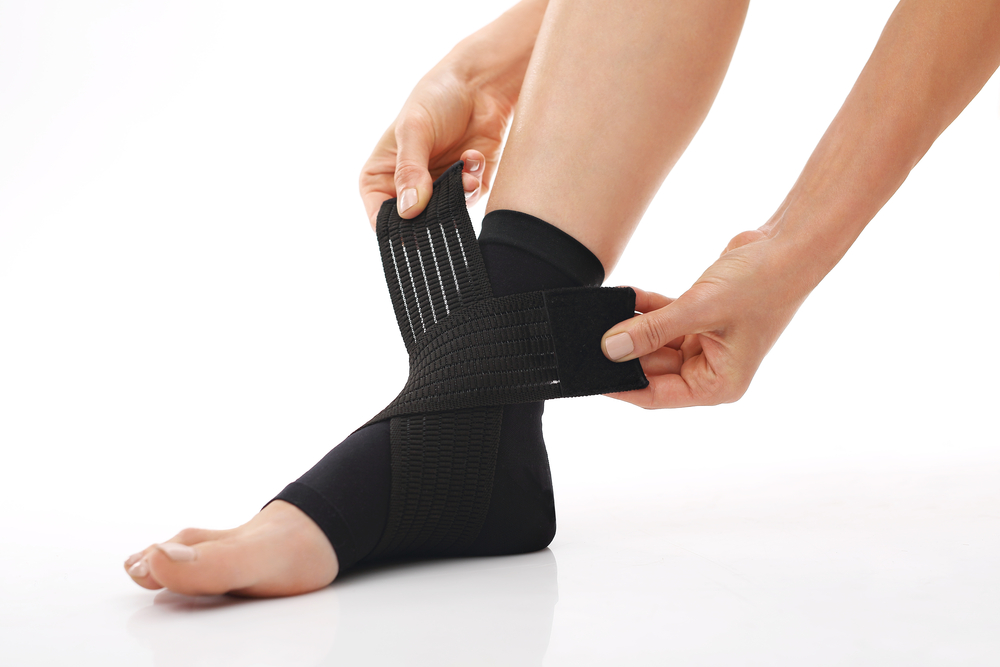Stress Fractures: Causes, Symptoms, Treatment, and More
 Stress fractures are a relatively common injury among runners, military recruits, and other athletes. However, they can occur in just about anyone who engages in repetitive, high-impact activities. If you’ve been doing high-impact workouts, engaging in sports that require a lot of jumping, or running long distances on hard surfaces, you’re at risk of developing a stress fracture. Here’s what you need to know about this type of injury.
Stress fractures are a relatively common injury among runners, military recruits, and other athletes. However, they can occur in just about anyone who engages in repetitive, high-impact activities. If you’ve been doing high-impact workouts, engaging in sports that require a lot of jumping, or running long distances on hard surfaces, you’re at risk of developing a stress fracture. Here’s what you need to know about this type of injury.
What Is a Stress Fracture?
A stress fracture is a tiny crack in a bone, usually caused by repetitive force and overuse. They’re most commonly seen in the foot and lower leg bones. As mentioned above, some of the most common activities that cause stress fractures are repeatedly jumping or long-distance running. Athletes in track and field, dancers, and military recruits who are required to haul heavy packs over long distances are highly susceptible to these injuries, but anyone who engages in similar activities can be at risk.
For example, if you begin a new exercise program and try to increase your intensity too much too quickly, you could develop a stress fracture as a result. You’ll also be more likely to develop stress fractures if your bones have been weakened by another medical condition, such as osteoporosis.
Signs of a Stress Fracture
Obviously, when you’re engaging in intense physical activities, minor foot and ankle injuries are bound to happen; and even if they don’t, you might not think too much of a sore foot or ankle after a high-intensity workout or long run. So, how do you know if that pain in your foot is a stress fracture or not?
The primary sign of a stress fracture is that the pain will not improve over time. While it will decrease during periods of rest, a stress fracture will continue to cause pain during even regular daily activities, and it will intensify throughout the day. A regular strain or simple soreness will generally improve on its own, but a stress fracture will not. You may also see swelling around the painful area, and it will likely be tender to the touch.
If the pain becomes severe, or it continues even when resting, contact your doctor right away.
Diagnosing Your Injury
If you believe you have a stress fracture, your doctor can help you get an official diagnosis. Often, doctors are able to diagnose this injury with a physical examination and in-depth understanding of your symptoms. However, if they want a more confident diagnosis, they'll likely order an MRI or bone scan. Standard x-rays often don’t show the signs of a stress fracture for weeks or even a month after the injury occurs. However, MRIs and bone scans are able to detect these injuries much more easily. MRIs are particularly good at detecting these lower-grade stress injuries, and are considered to be the best way of diagnosing a stress fracture.
Treatment and Recovery
The key to treating a stress fracture is ample rest for the injured foot. This can take several months or more before your stress fracture is fully healed, but it’s important you not try to resume physical activity until your doctor says it’s safe; doing so can result in turning that stress fracture into a full break.
During recovery, you may need to wear a brace or boot to help support the injured bones, and you may need to use crutches (or a knee scooter, if you prefer) to help keep weight off the foot. It’s also typically recommended that you ice the injury for 15 minutes every three hours to help reduce swelling and relieve pain in the area.
When your doctor does give you permission to resume physical activity, it’s essential that you do so slowly. Start with activities that put a minimum amount of weight on the injured area; swimming and cycling (particularly on a recumbent bike) are two good examples. Gradually progress to weight-bearing activities like running, making sure to increase the time and/or distance of the activity a little at a time. Rushing into your normal activity levels is likely to result in re-injury.
If you have a stress fracture, stop by one of our Medical Xpress locations or Arlington Medical Supply to find braces, boots, crutches, and knee scooters. Our helpful and knowledgeable staff will help you find the medical supplies you need to help with your recovery, and can help you with the process of having those supplies billed to your insurance. Call or stop by one of our stores today!